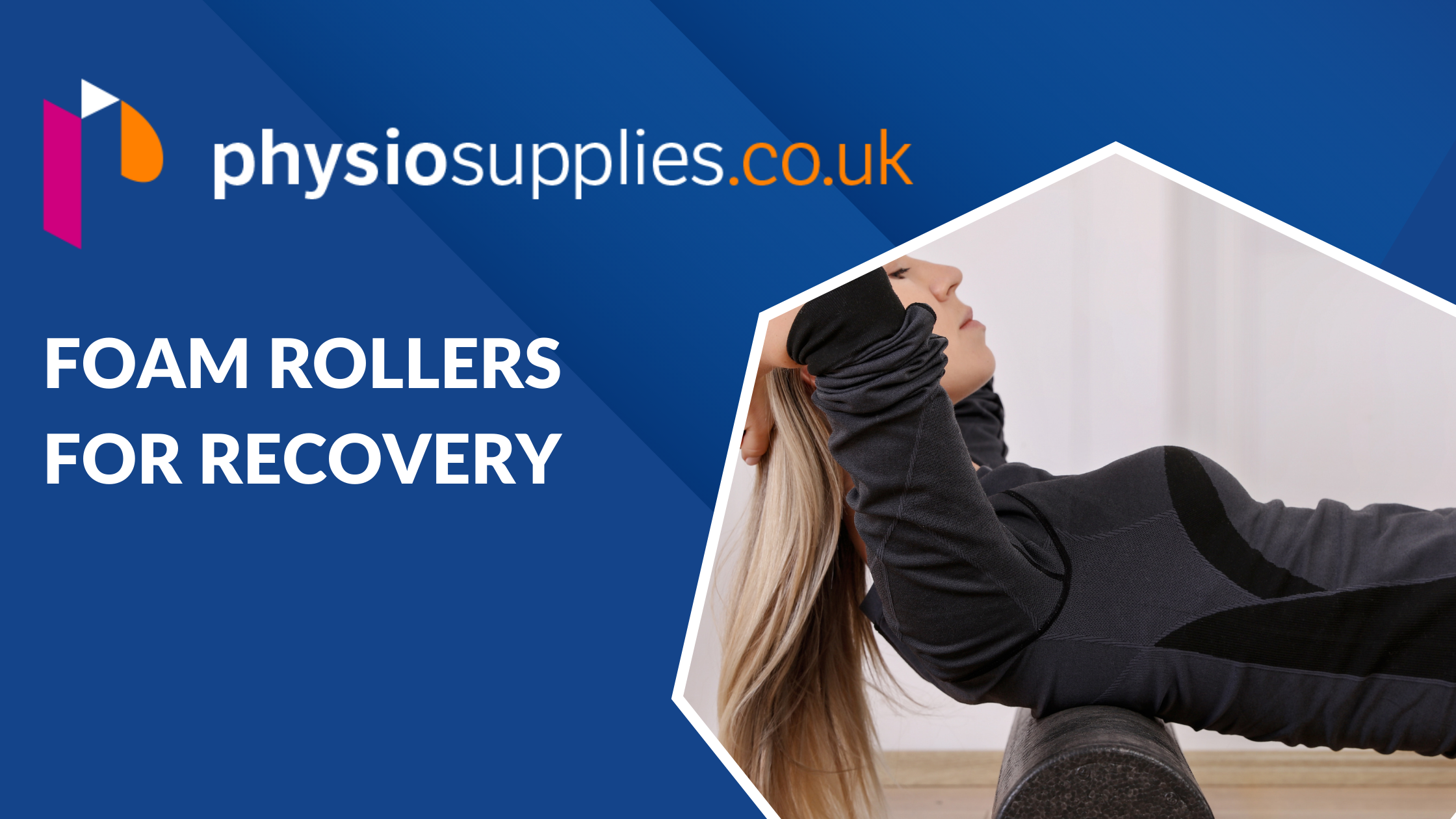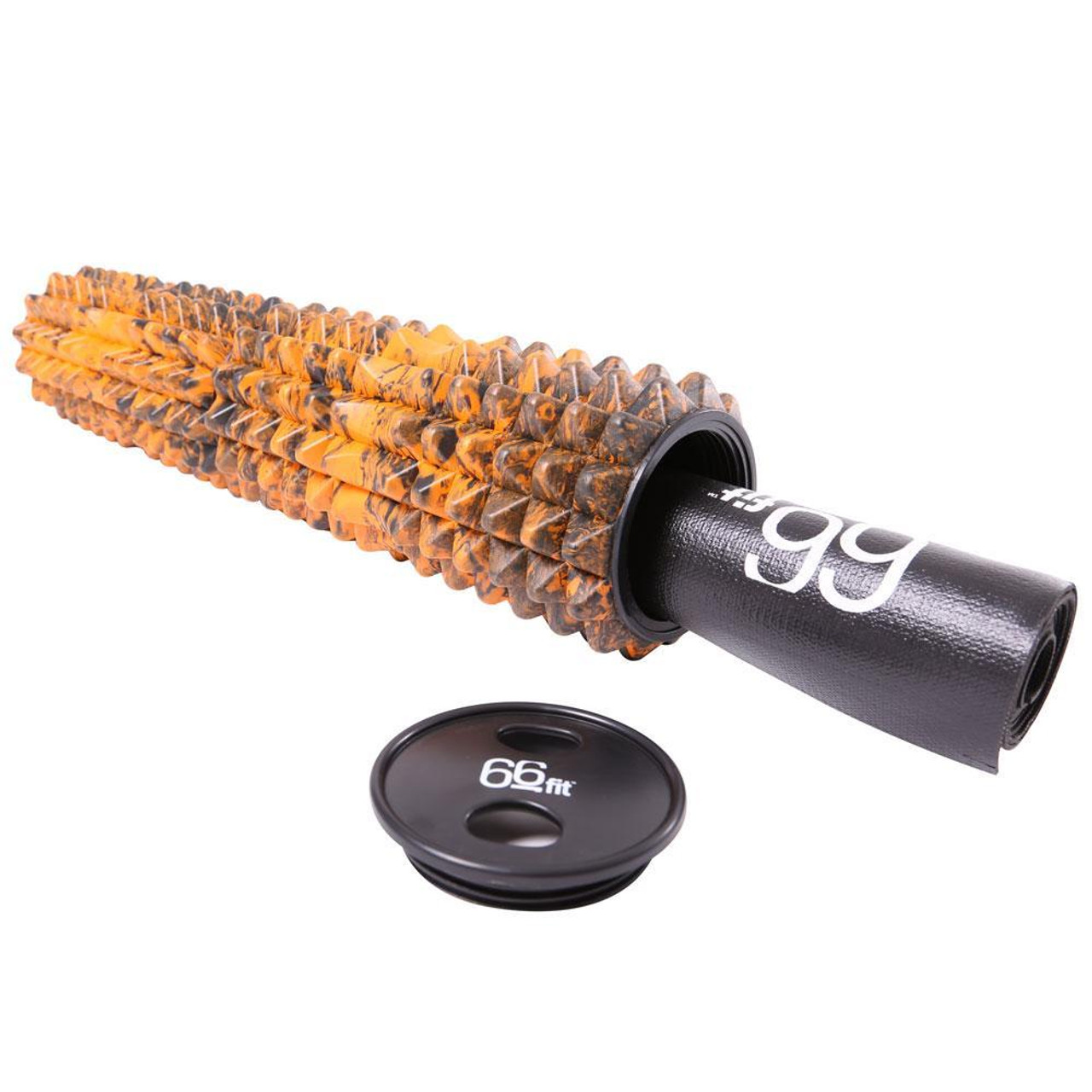Foam Rollers for Recovery
26th Apr 2022
Why Foam Rollers are Ideal for Your Business
Let us start with explaining what a foam roller is used for. Foam rolling is a form of myofascial release, which is the practice of tension release in the fascia, the layer of connective tissue surrounding our muscles. If the fascia is tense or knotted, your mobility is restricted, which triggers pain. Ironing out any adhesions in the fascia can reduce this tension and minimise the likelihood of injury, as well as increasing the range of motion in your muscles.
Expert opinion – Ben Lee – Chartered Physiotherapist
“The most effective areas to roll are the quadriceps, iliotibial band, glutes and mid-back. These are the areas that you can exert the most body weight when using the roller.” To find more on what Ben said click here.
Why will this be beneficial to you?
As a professional in your field, you will know how often customers are sore after a workout and how tense they may get before it. To help a customer with post-workout recovery, you can tell them to use a foam roller and give them these 6 simple steps:
- In a kneeling position, begin with the outside part of your lower leg (most associated with shin splints).
- Starting at the top near your knee, work the roller down the leg.
- Sat with your legs out in front of you. You can target the calf by moving the roller down from the back of your knee to the top of your ankle.
- Massage the front of your thigh by positioning yourself in a plank position.
- Rock your plank forward and back with the foam roller underneath your thighs to relieve tension in that area. Avoid using a foam roller on your back, as it will add unnecessary pressure to your spine, which could prompt injury or a spasm.
- To get the full effect of rolling, be sure to use your whole-body weight, if it's not too painful. Roll slowly, only covering 1 to 2 inches every second.
Where you come across knots, hold the pressure on that area until the pain subsides.
Expert opinion – Kal Karrara – Massage & Sports Therapist
“As a sports therapist I have witnessed great results from people of all fitness levels when using a foam roller. Foam rolling is not the easiest form of therapy, but the results are worth the effort. In my view, foam rolling techniques accompany physiotherapy/sports massage/personal training well, and more people should take advantage of what it has to offer".
How can foam rollers benefit your clients?
Improved Performance – When you do develop a trigger point; it can restrict your athletic performance. When you foam roll and return these muscles back to normal, you increase your range of motion. With this increased motion, you can achieve a better level of performance as muscles are able to be engaged fully.
Pain Relief and Soreness – When you use self-myofascial release on trigger points it increases circulation to your muscles and connective tissues. The more improved the circulation, the more oxygen you receive, meaning your muscle’s recovery time is quicker and you will suffer potentially less soreness.
Lengthens Muscles and Prevents Injury – Because foam rolling can increase range of motion, it also enables you to stretch in a more efficient way too. Using a foam roller lengthens the muscles and breaks down scar tissue which can stop you getting that deep, deep stretch you want. Also, when a trigger point is released, the muscle group becomes less taxed and prone to injury. This creates an environment where the patient can perform their chosen activity once more with ease.
A foam roller is ideal to use with your clients, they may initially hate you while you are using it with them but once they feel the benefits of using it, they will be back every week and spreading the word as to how amazing it was. Using a foam roller can be uncomfortable but think of using a foam roller as a substitute for a deep tissue massage, which can also be painful, but the gain is worth the pain.



